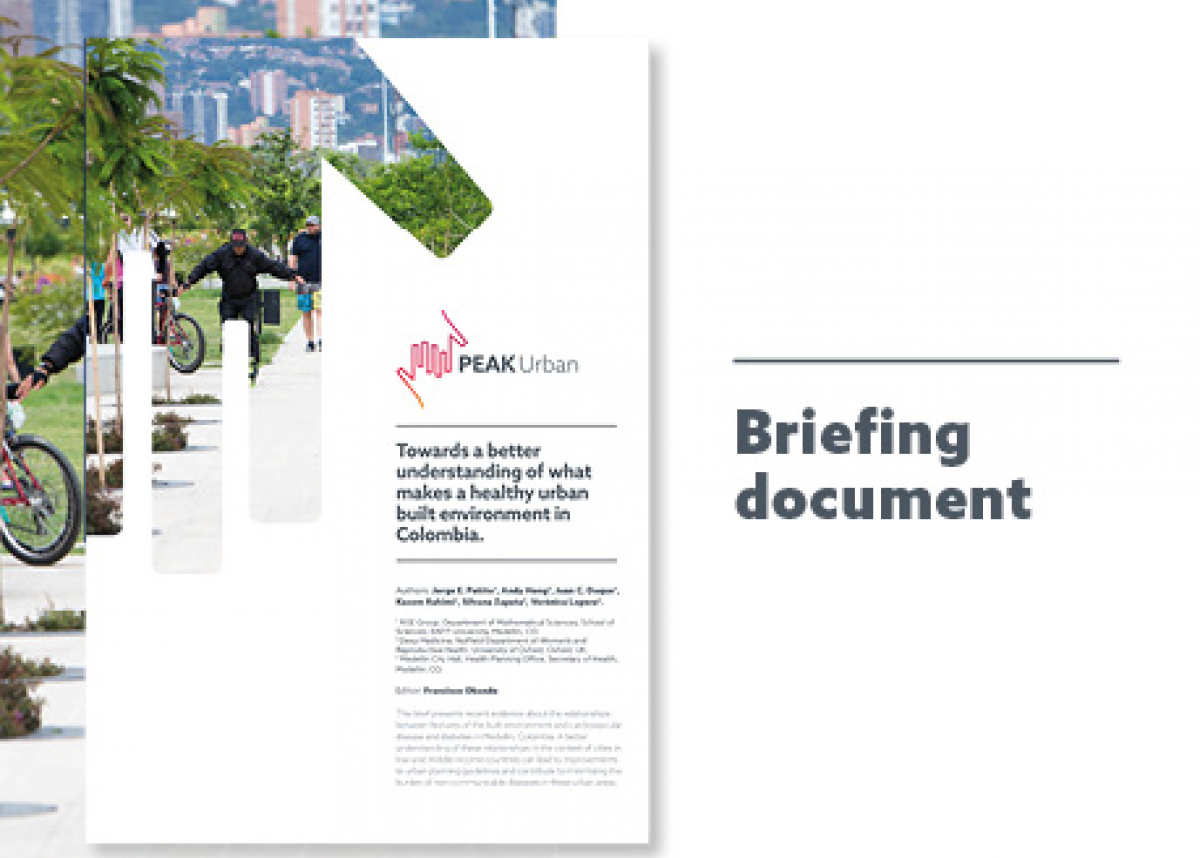
Deep learning for electronic health records: A comparative review of multiple deep neural architectures
Despite the recent developments in deep learning models, their applications in clinical decision-support systems have been very limited.
Recent digitalisation of health records, however, has provided a great platform for the assessment of the usability of such techniques in healthcare. As a result, the field is starting to see a growing number of research papers that employ deep learning on electronic health records (EHR) for personalised prediction of risks and health trajectories.
While this can be a promising trend, vast paper-to-paper variability (from data sources and models they use to the clinical questions they attempt to answer) have hampered the field’s ability to simply compare and contrast such models for a given application of interest.
Thus, in this paper, we aim to provide a comparative review of the key deep learning architectures that have been applied to EHR data. Furthermore, we also aim to: (1) introduce and use one of the world’s largest and most complex linked primary care EHR datasets (i.e., Clinical Practice Research Datalink, or CPRD) as a new asset for training such data-hungry models; (2) provide a guideline for working with EHR data for deep learning; (3) share some of the best practices for assessing the “goodness” of deep-learning models in clinical risk prediction; (4) and propose future research ideas for making deep learning models more suitable for the EHR data.
Our results highlight the difficulties of working with highly imbalanced datasets, and show that sequential deep learning architectures such as RNN may be more suitable to deal with the temporal nature of EHR.





